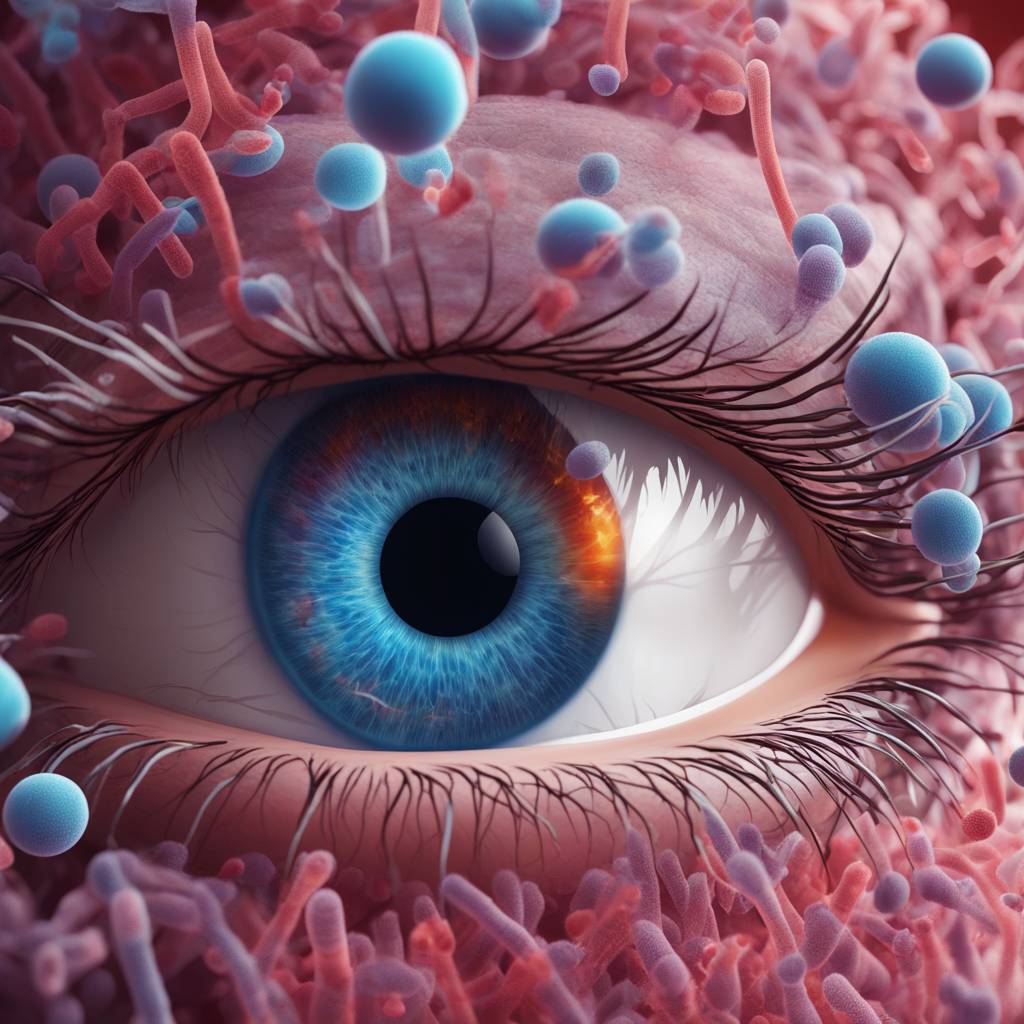Researchers have been studying the eye microbiome and its role in various eye diseases, including dry eye. A recent study presented at the annual meeting of the American Society for Biochemistry and Molecular Biology found that the eye microbiomes of healthy eyes and those with dry eye differ in their mix of microbes. This finding could potentially lead to improved treatments not only for dry eye but also for other eye conditions. The eye microbiome refers to the community of bacteria and other microorganisms present on the conjunctiva and cornea of the eye. Dysbiosis in the gut microbiome has been linked to transporting pathogenic microbes to other parts of the body, including the eyes.
In addition to dry eye, researchers have been studying the impact of the eye microbiome on other eye diseases such as age-related macular degeneration, glaucoma, diabetic retinopathy, and cataract. For the study, researchers collected eye samples from 30 participants and performed sequencing and analysis to identify the bacteria present in the eye microbiomes of individuals with dry eye compared to those with healthy eyes. The study found that certain bacteria species were dominant in the microbiomes of healthy eyes, while a different species was prevalent in the microbiomes of those with dry eye. Understanding the role of the eye microbiome in different eye conditions is crucial for improving diagnosis, treatment, and prevention strategies.
Experts in the field find this research to be very interesting and potentially groundbreaking. Modifying the microbiome of the eye could potentially lead to breakthroughs in treating dry eye and other eye conditions. Researchers believe that future studies focusing on the eye microbiome could provide valuable insights into the gut-eye axis and lead to novel therapeutic approaches. As more research is conducted in this area, there is optimism that understanding and manipulating the eye microbiome could lead to significant advancements in eye care and treatment options for various eye conditions.
The research has implications for the treatment of dry eye and other eye conditions that involve changes in the normal bacteria present on the surface of the eye. Studies like this highlight the need for multifactorial approaches to treating such conditions, as targeting the microbiome may offer new possibilities for improving patient outcomes. The findings also support the use of antibiotics in treating dry eye and blepharitis, as they can help restore the balance of bacteria on the eye’s surface. The discovery of changes in the eye microbiome due to certain conditions underscores the importance of understanding how these changes impact eye health and treatment options.
Overall, experts agree that research on the eye microbiome is still in its early stages, and there is much more to learn about how it affects eye health and disease. Future studies are expected to focus on the microbiome’s role in various eye conditions and how manipulating the microbiome could lead to new treatment approaches. Understanding the gut-eye axis and how dysbiosis in the gut microbiome can impact the eye microbiome is a key area of interest for researchers. By continuing to explore and study the eye microbiome, scientists hope to unlock new insights into eye diseases and develop more effective treatments for patients.













